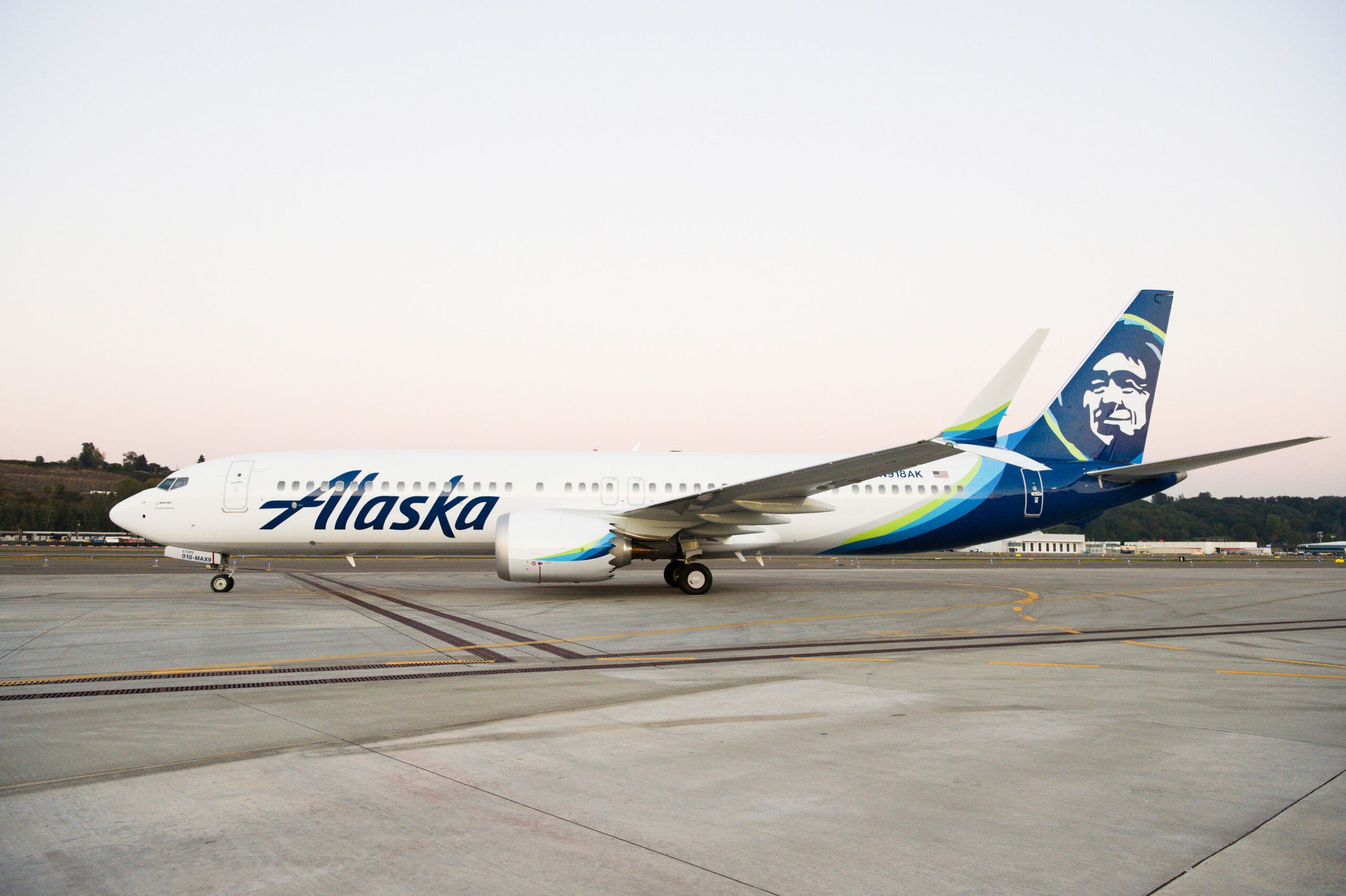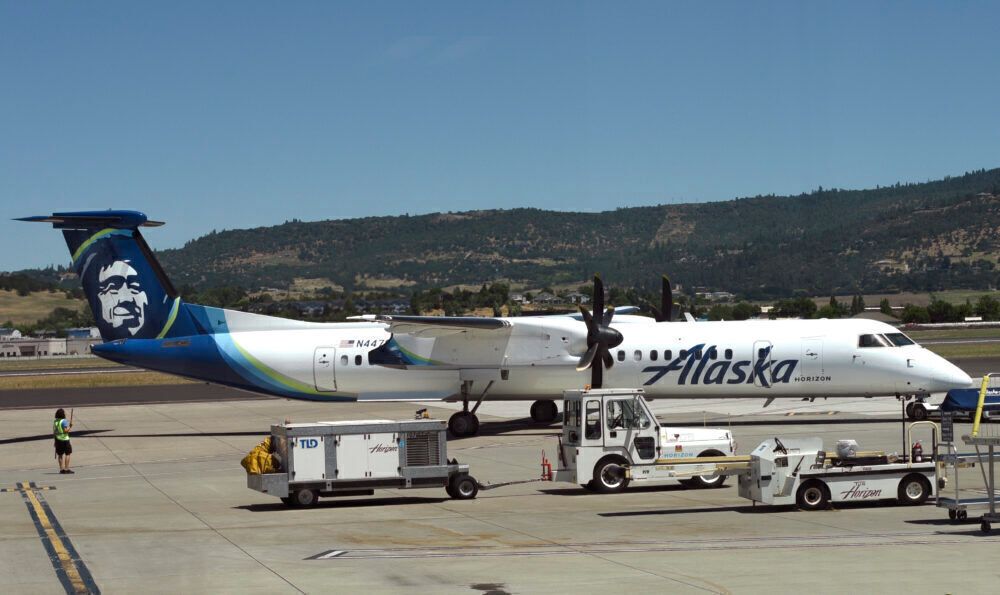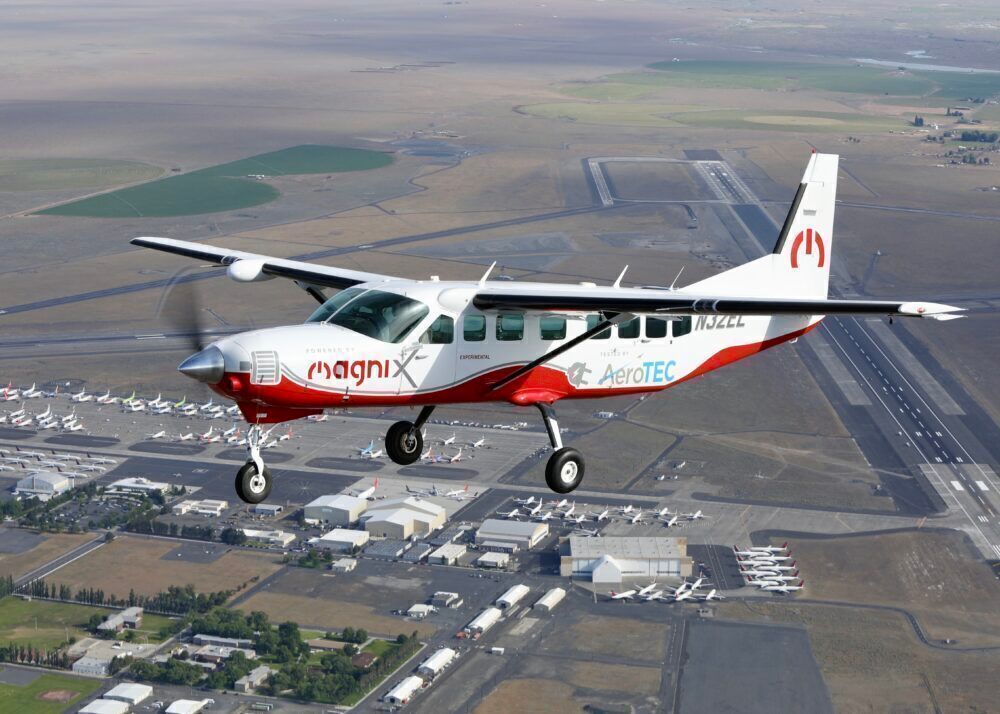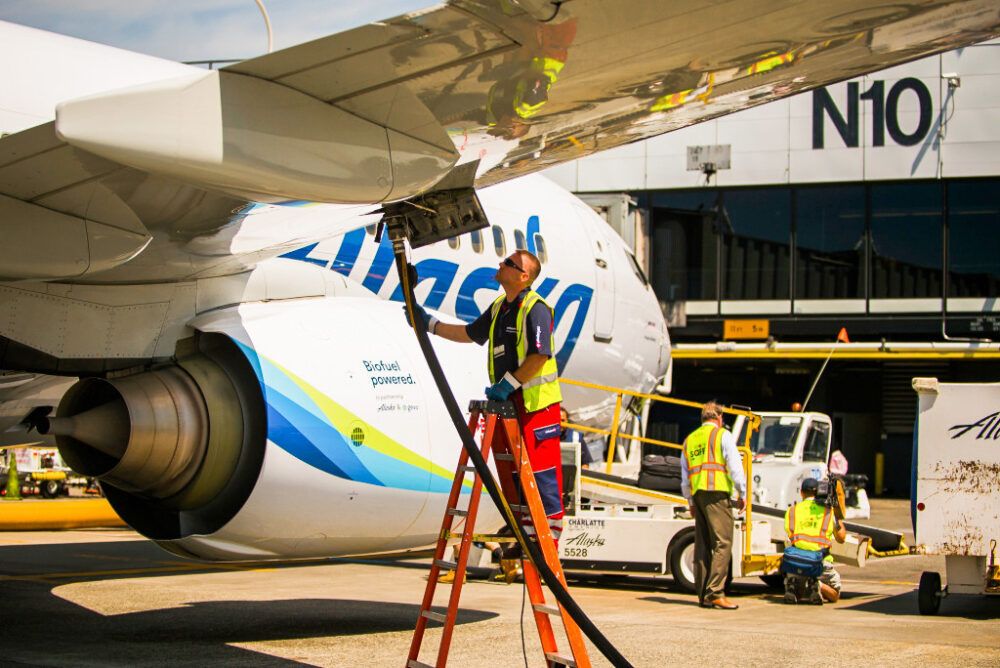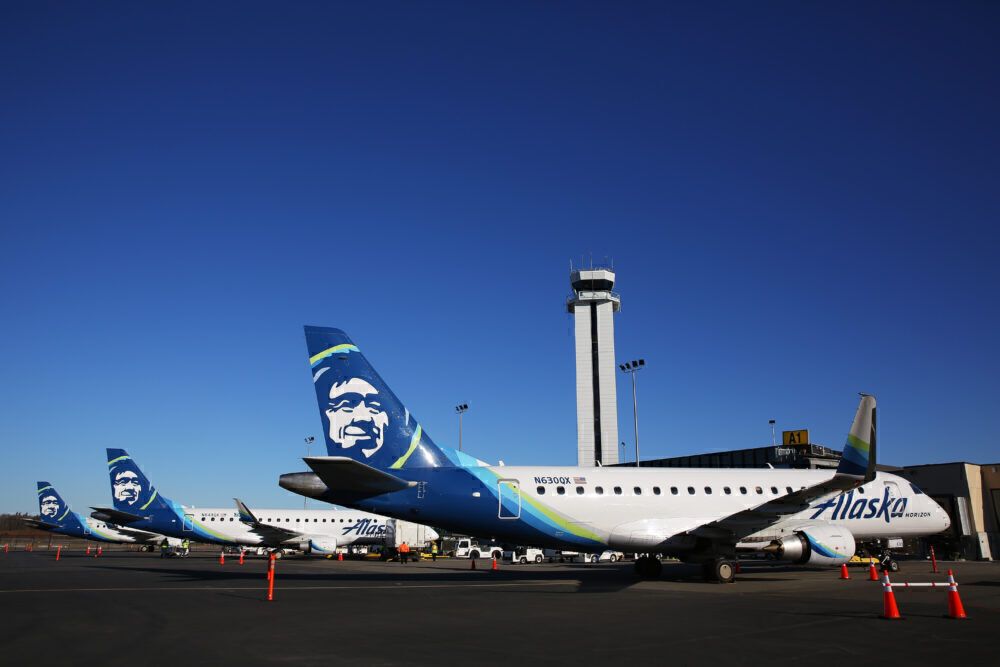Alaska Airlines is seeking to achieve net-zero carbon emissions by 2040. With this in mind, it is looking at the utilization of electric aircraft. Nonetheless, the Seattle-based carrier needs to take crucial steps to work towards its targets. Simple Flying spoke with the airline’s director of sustainability, Kirk Myers, about his company’s measures.
Electric avenue
The airline prides itself on having a strong culture when it comes to values that tie into its goals. Therefore, the firm has been proactive when it comes to analyzing the future of the aviation industry.
Notably, there are already certain segments where electric aircraft are expected to operate in fantastically. With Alaska Airlines connecting several communities, including remote ones, these planes may have a critical role in the future.
“We are doing a lot of work investigating the whole space of hydrogen fuel cells as well as electric hybrids to understand how that might play a role. We believe it can play a strong role for the regional fleet moving forward. Obviously, a long timeline of that, but we think there are some great opportunities in that space,” Myers told Simple Flying.
“Now it is about replicating that culture efficiency towards carbon, as part of our initial focus for the next couple of years. We can make a lot of progress with incredible carbon offsets if they're needed, which they likely will be to some degree. We're doing work to really pioneer and innovate in terms of what that can look like.
Soon to be a reality
Altogether there are great prospects in the electric aircraft scene. We recently reported about how magniX has made great progress with the testing of its electric propulsion systems. Now, the likes of Eviation are making significant strides with the completion of their programs.
It may be many years for the technology involved in these vehicles to mature to be effective for larger aircraft on longer-distance operations. Nevertheless, there are high hopes for when it comes to smaller aircraft to be deployed on shorter distances in the short and medium-term.
It may only be a few years away for when planes such as Eviation’s Alice enter service. However, many of these planes have a capacity as low as around nine passengers, which may not be sufficient enough for Alaska's current model. Regardless, magniX is working on units that can fit on aircraft for up to 40 passengers. So, these planes could be perfect for certain regional operations across the conterminous United States' northwest area and Alaska.
Even last month, Alaska Airlines CEO Ben Minicucci shared that he feels eVTOL aircraft will be a reality this decade, and these vehicles could penetrate the regional market in the next 20 years.
Stay informed: Sign up for our daily and weekly aviation news digests
The initial focus
So, while the industry awaits updates on the timeline of commercial aviation aircraft, sustainable aviation fuels (SAF) will play a huge part in the airline’s path moving forward. This is a field that Alaska has been a pioneer in for a decade. The carrier flew 75 test commercial test flights on SAF back in 2011, and since then, there has been great progress in the bid to prove SAF as safe and efficient.
Myers explains that the motive is now shifting from pioneering, testing, and piloting SAF to using it on an ongoing basis to actually reduce environmental impact today. Last year, the company announced that it is offtaking Finland-based Neste’s SAF at San Francisco Airport. This fuel could bring an 80% carbon footprint reduction against conventional jet fuel.
Continuing to lead
Moreover, Alaska Airlines announced last month that it signed a partnership with SkyNR to advance sustainable aviation fuel made from municipal solid waste. Overall, the company is optimistic about SAF being produced in the Pacific Northwest in approximately the next five years.
“We also have been very much focused on the policy side. Our policy team is working with the state of Washington, as well as at the federal level, to help show the case in why it makes so much sense to get additional financial support for SAF through different incentives or things like that to help jumpstart this market. Because we are really at that tipping point, that inflection point of seeing SAF start to scale very quickly,” Myers added.
“We want to make sure that we are doing the work and finding that leadership from an Alaska perspective to make sure that happens and also make sure that that inflection point gets as steep as possible, or I think as much “SAFing” up as we possibly can. And so I'd say we're very optimistic about SAF. There's a lot of work to be done, and across some different dimensions of policy, continued technology development, and scaling.”
So, it’s clear that Alaska is keen to modernize its fleet and resources to operate sustainably in the next few decades. In the near term, it is relying on SAFs being deployed on fresh aircraft such as the Boeing 737 MAX. However, electric aircraft will undoubtedly have a key role in the not-so-distant future amid notable advances in this field.
What are your thoughts about Alaska Airlines’ sustainability initiatives? How do you see electric aircraft fitting in with the airline’s goals? Let us know what you think of the airline and its fleet prospects in the comment section.

